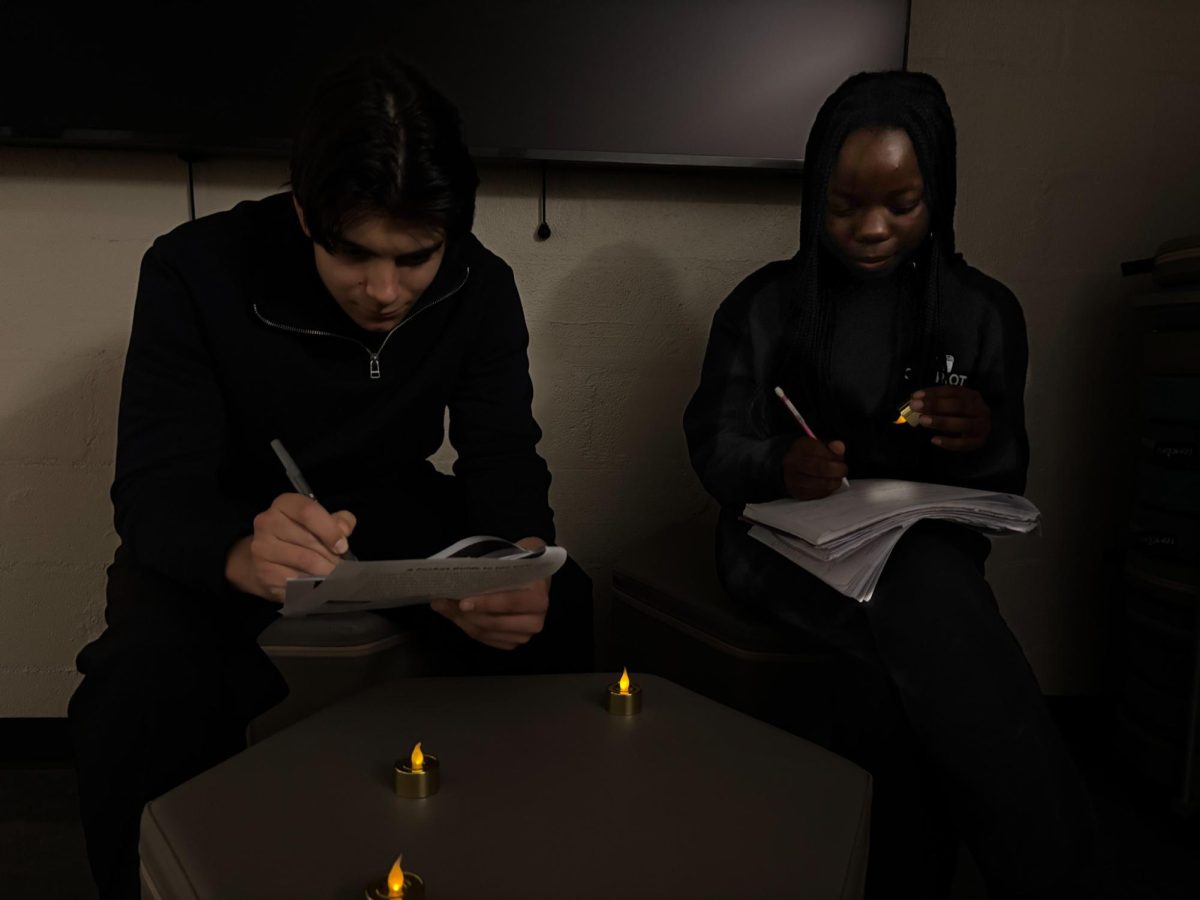India and Pakistan, the two largest countries in South Asia, have been in diplomatic and military strife for decades. Much of the longstanding conflict between the two nations centers on the disputed region of Kashmir, a territory both nations claim in full, but control in parts. The roots of this contention trace back to the 1947 partition of British India, which led to the creation of two separate states: Hindu-majority India and Muslim-majority Pakistan. At the time, the princely state of Jammu and Kashmir, with a predominantly Muslim population but ruled by a Hindu monarch, chose to formally accede to India under certain conditions. This decision ignited the First Indo-Pakistani War and sparked an intense, enduring territorial dispute. Subsequent conflicts in 1965 and 1999, along with ongoing skirmishes and domestic insurgencies, have perpetuated this discord, with the region remaining heavily militarized and politically sensitive.
“It’s more complicated than just land, and there’s religious and cultural stakes on both sides—those are challenging wounds to heal,” social studies teacher Ms. Madigan said.
This April, tensions between the nuclear powers escalated dramatically following a terror attack on Pahalgam, a popular tourist destination in Indian-administered Kashmir. Militants targeted a group of Indian tourists, resulting in the deaths of 26 individuals. The attackers reportedly singled out victims based on their religious identity, leading to widespread condemnation and fear.
“The conflict is being led by extremists. There are plenty of Indians and Pakistanis that want peace and denounce the reckless and unnecessary conflict,” senior Daniel Zekthi said.
In response, claiming Pakistani involvement in the attack, India launched “Operation Sindoor,” a series of airstrikes targeting what it identified as terrorist infrastructure within Pakistan-administered territories. The Indian government stated that these strikes were precise and aimed solely at neutralizing militant threats. Pakistan, however, condemned the operation, alleging civilian casualties and viewing it as an act of aggression.
The international community expressed concern over the potential for further escalation between the two nuclear-armed neighbors. A U.S.-brokered ceasefire was eventually established on May 10, 2025, but the situation remains fragile, with both sides maintaining a heavy military presence along the Line of Control.
The geopolitical implications of the India-Pakistan conflict are significant. Both nations possess substantial nuclear arsenals, and any military confrontation carries the risk of catastrophic consequences. The dispute not only affects regional stability in South Asia, but it has much broader implications for global security.
“It’s a conflict that we’ve heard about growing up, but it’s only when you study the actual events that you realize how complicated and emotional it really is for both countries,” sophomore Rafay Mufti said.
As the situation continues to evolve, the international community watches closely, hopeful for a sustainable resolution that addresses the underlying issues fueling this long-term conflict. Amid this politically polarized hostility, exacerbated by decades of diplomatic failure and military confrontation, many NHP students have expressed their desire to see a non-violent end to the India-Pakistan conflict.
“I always hate to see how civilians are often caught in the crossfire of these kinds of disputes,” sophomore Hedia Ninan said. “The loss of innocent lives is something that shows our need for peaceful resolutions.”

































